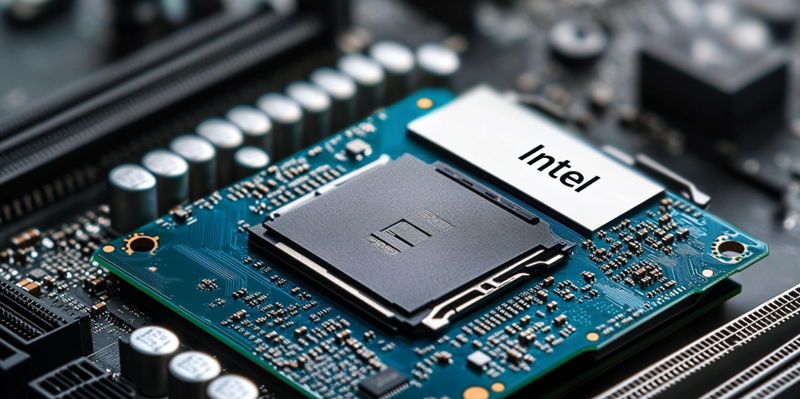As Intel gears up for the release of its Arc B580 graphics cards, the tech giant is positioning these new GPUs to go head-to-head with the latest mainstream offerings from AMD and NVIDIA. The Arc B580, powered by the Xe2 "Battlemage" architecture, represents a major step forward for Intel in the competitive GPU market. Among the highlights are two custom models recently leaked from ASRock: the Arc B580 Steel Legend OC and the Arc B580 Challenger OC. These models boast advanced technical specifications, including 12 GB of 192-bit GDDR6 memory, with an impressive memory speed of 19 Gbps, which translates to a substantial bandwidth of 456 GB/s. This development signals Intel’s commitment to delivering high-performance hardware capable of meeting the demands of modern gaming and multimedia applications.
ASRock’s Custom Models: Steel Legend OC and Challenger OC
The Arc B580 Steel Legend OC stands out with its robust design, featuring a triple-fan cooling system that ensures optimal thermal performance. Measuring 15.71×8.43×3.82 inches, this model is powered by dual 8-pin connectors, providing a dependable power supply necessary for high-intensity gaming sessions. The factory overclock of 2800 MHz further indicates Intel’s intention to cater to the needs of gamers seeking top-tier performance. On the other hand, the Arc B580 Challenger OC presents a more compact yet equally compelling design. With a dual-slot, dual-fan configuration, and a single 8-pin power connector, this 14.17×8.54×2.52-inch model offers an alternative for users looking for a smaller form factor without compromising on performance. Both models are recommended to pair with a 650W power supply to ensure stability and efficiency.
The Arc B580 series has caused a buzz in the gaming community, not only because of its impressive hardware but also due to its potential impact on the price-performance ratio in the GPU market. Comparisons with its predecessor, the A580, and its competitors from AMD and NVIDIA, highlight several key differences and improvements. For instance, the Arc B580 offers a higher VRAM capacity, although it operates on a narrower 192-bit bus compared to the A580’s 256-bit interface. The integration of the Battlemage BMG-G21 GPU core with 20 Xe2 cores promises better performance, thanks to significant upgrades in IPC (Instructions per Cycle), architectural refinements, and faster Ray Tracing (RT) units. Such advancements suggest a promising leap in Intel’s GPU capabilities and a potential shift in market dynamics.
Market Positioning and Future Prospects
Given the specs and expected performance boosts, many are watching Intel’s pricing strategy for their new GPUs closely. While specific prices remain undisclosed, historical trends offer some insight. Intel’s release of the Arc A580 at an attractive $179 suggests a market-disrupting pricing strategy. It appears Intel will take a similar approach with the Arc B580 to establish a strong presence in the highly competitive GPU market, dominated by AMD and NVIDIA. Intel’s success will hinge on addressing past shortcomings, especially driver and game support issues that tainted the initial Arc series launch. Their efforts to improve these areas from the start indicate they have learned valuable lessons, promising a better user experience this time around.
In short, Intel’s Arc B580 GPUs, highlighted by the ASRock Steel Legend OC and Challenger OC models, represent a significant technological advance and a strategic effort to shake up the current GPU market. By focusing on better driver support and maintaining competitive pricing, Intel shows a strong commitment to making a mark in the gaming and graphics industry. The next few months are crucial in determining if Intel can secure a lasting position in a sector long dominated by AMD and NVIDIA. The tech community’s response will heavily influence Intel’s future in the graphics market.

